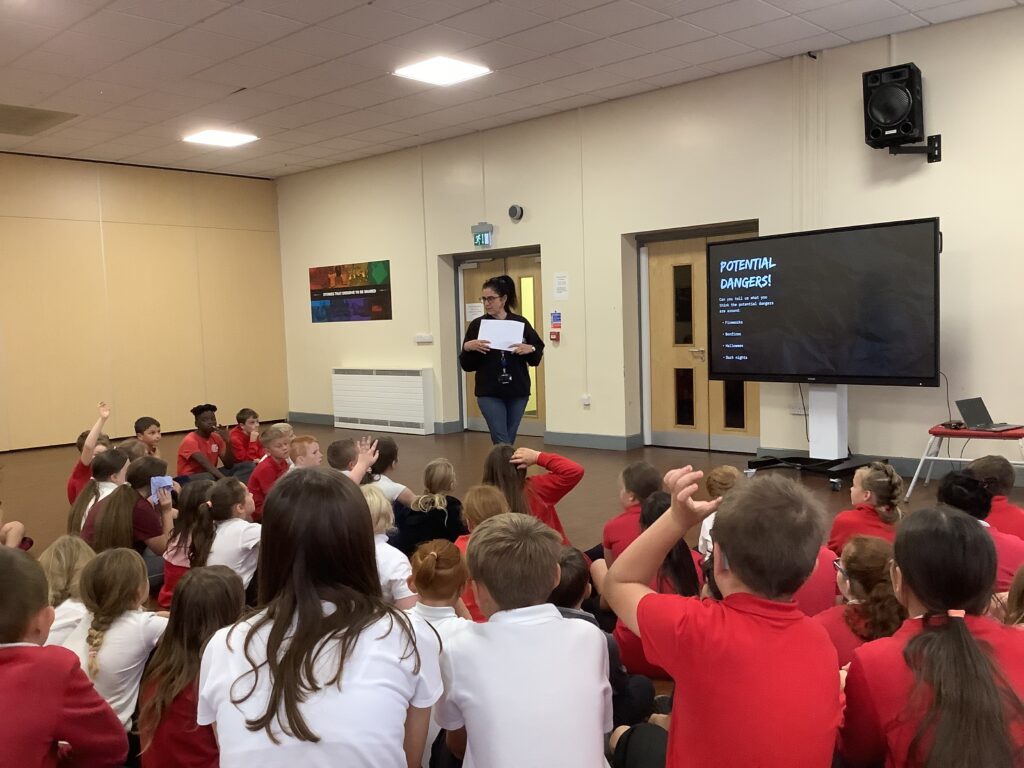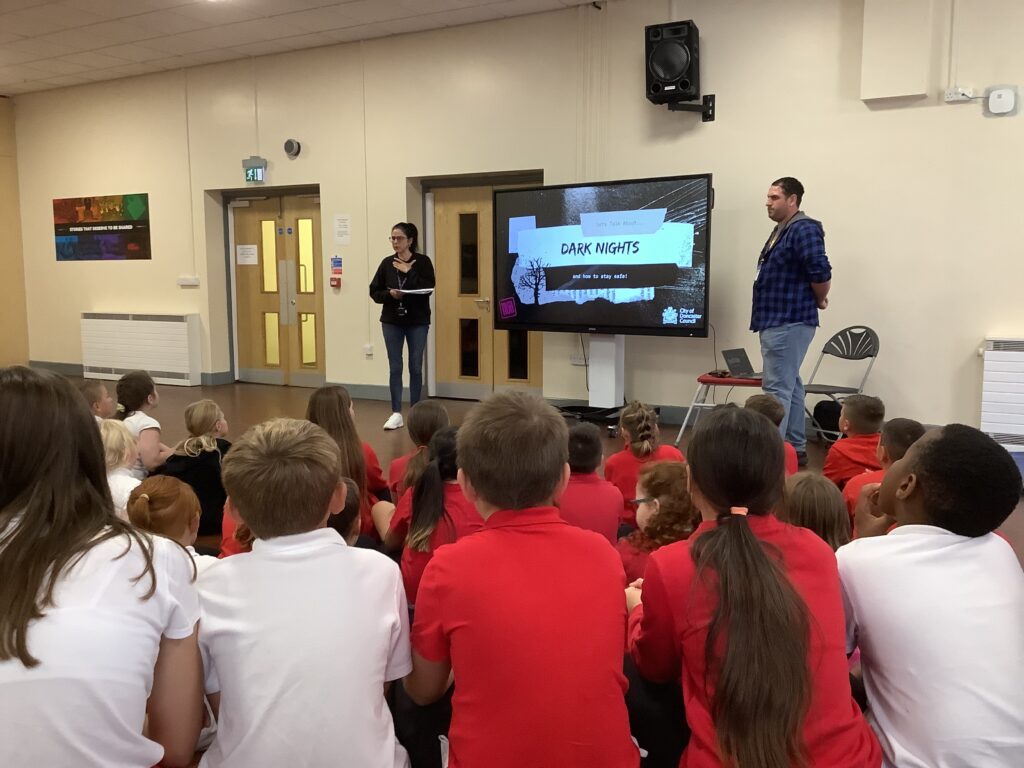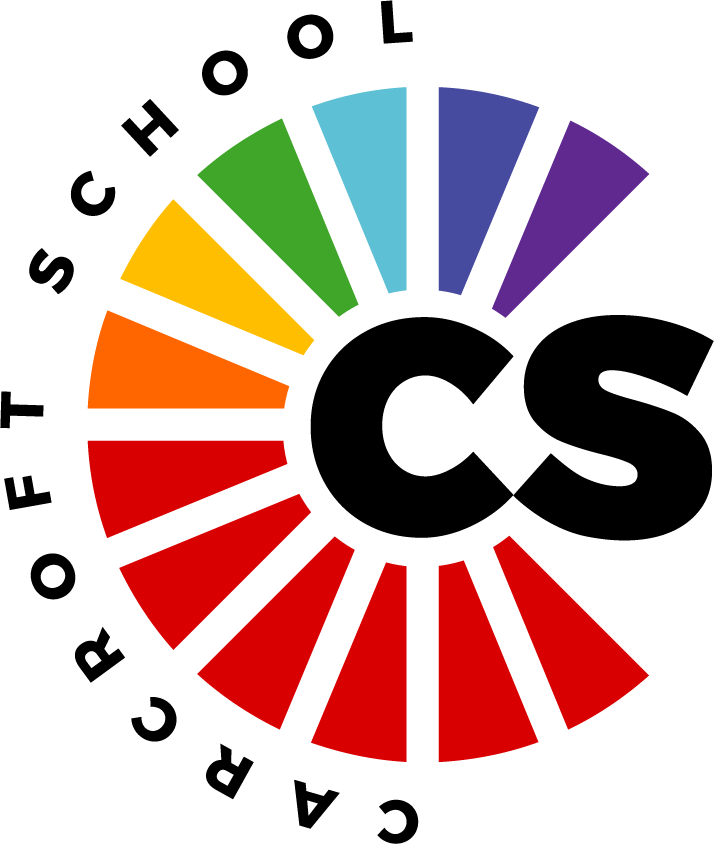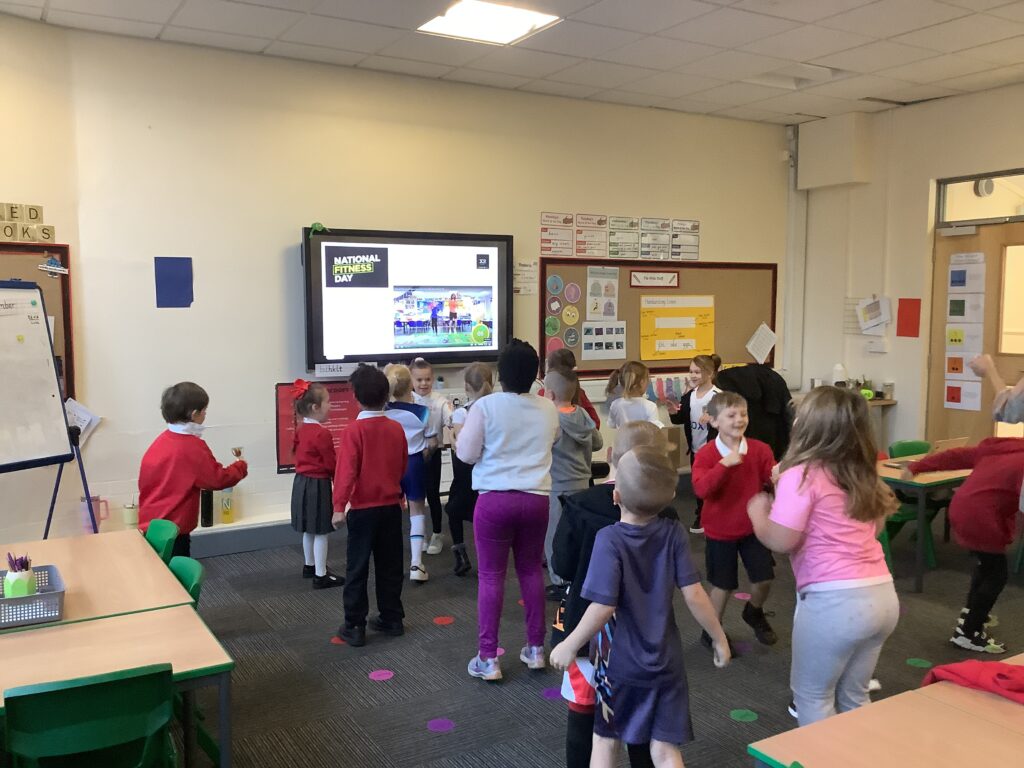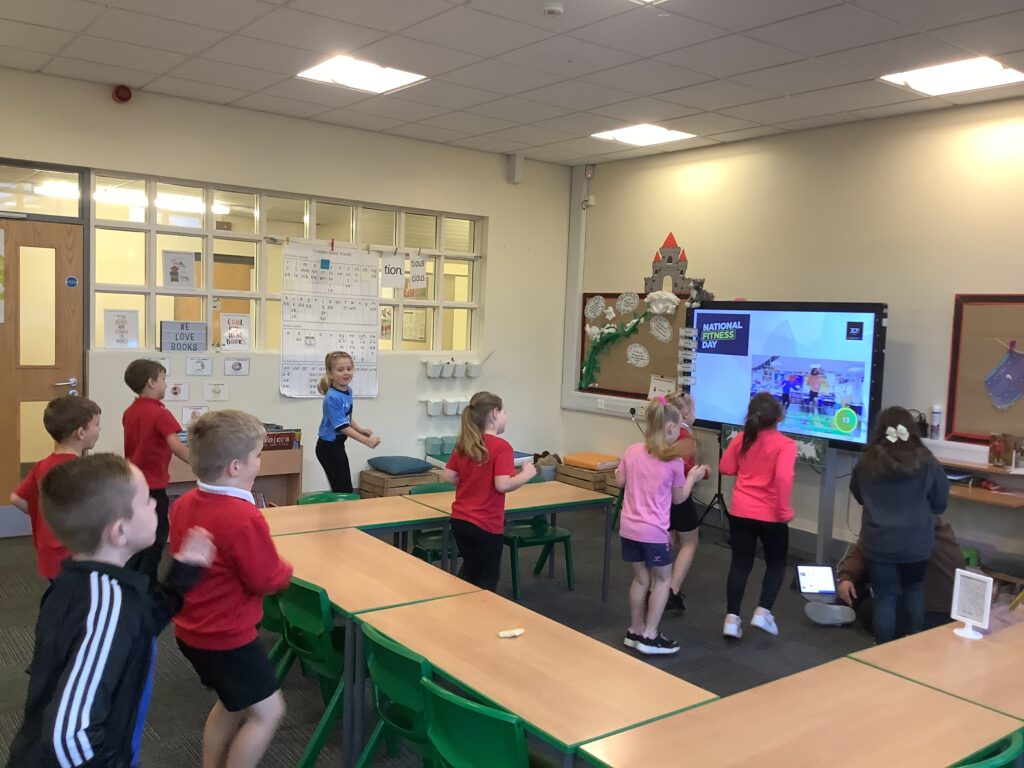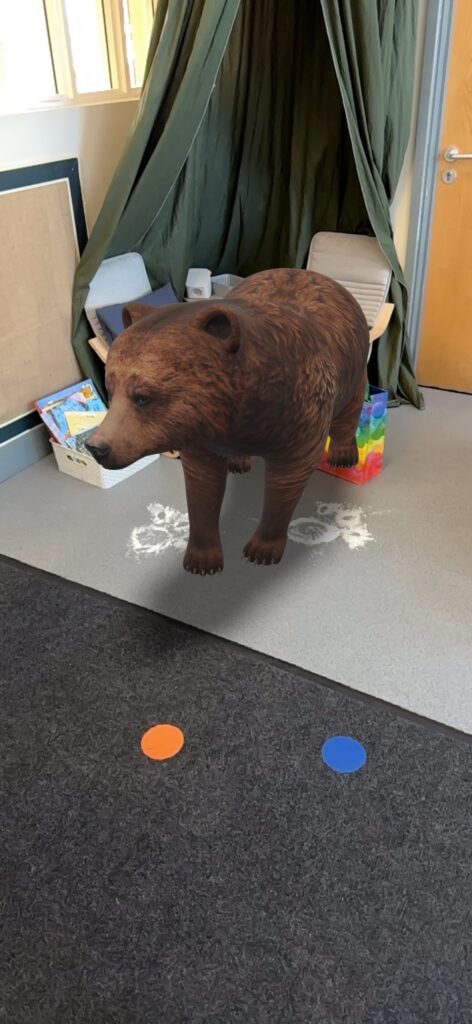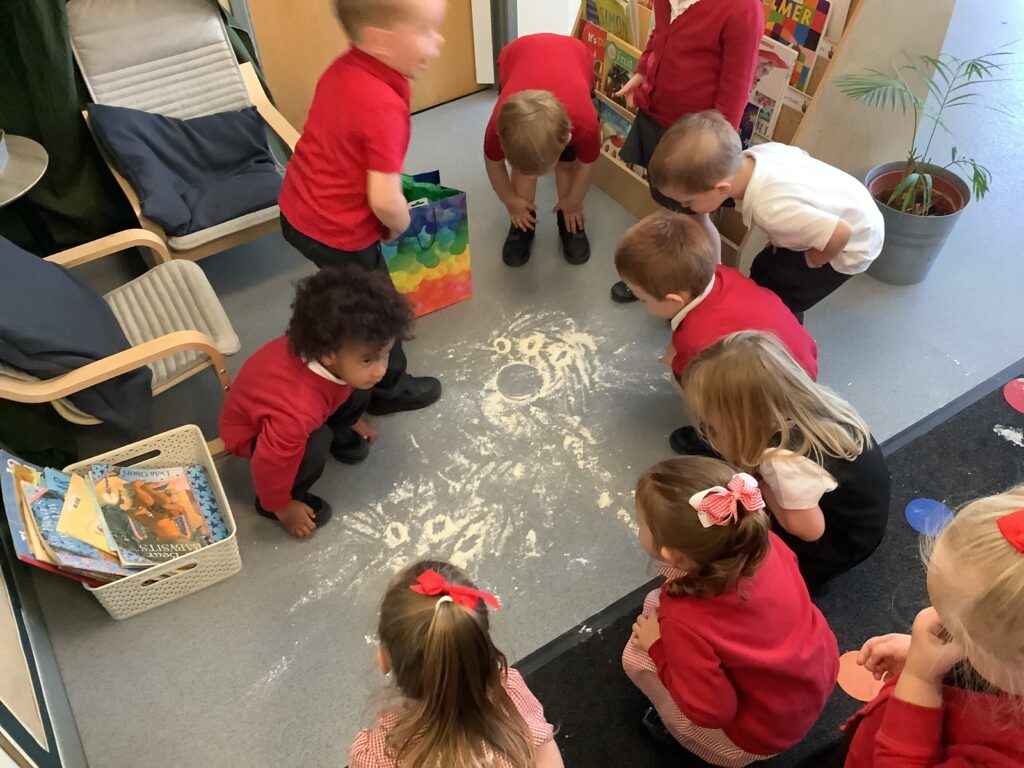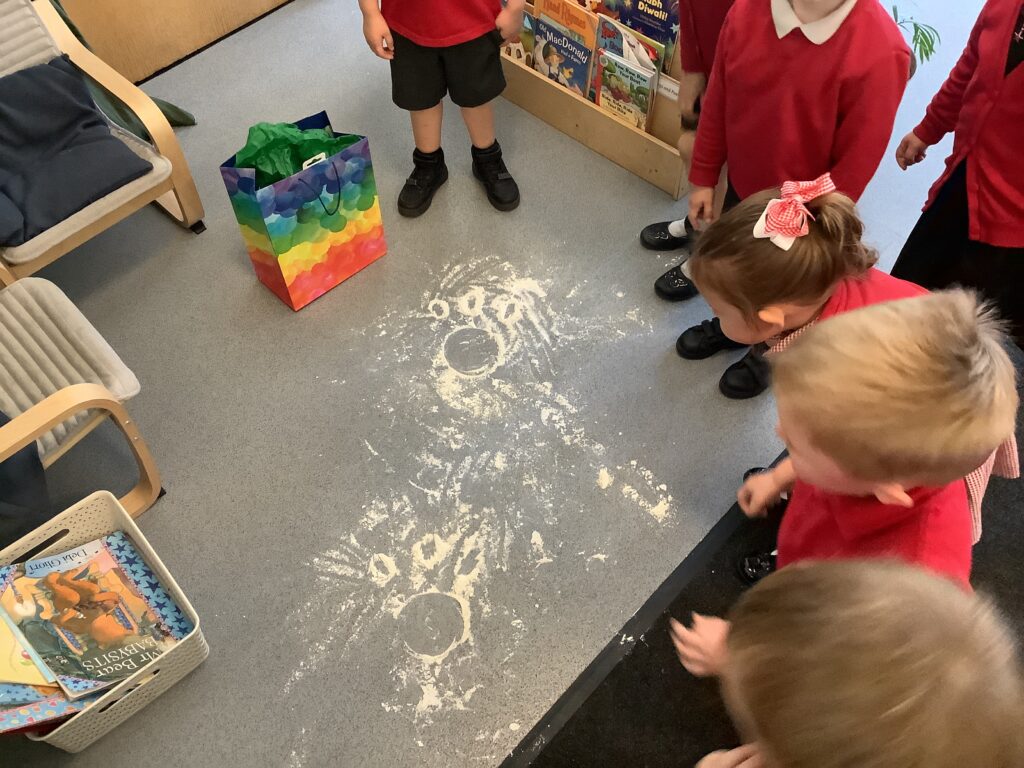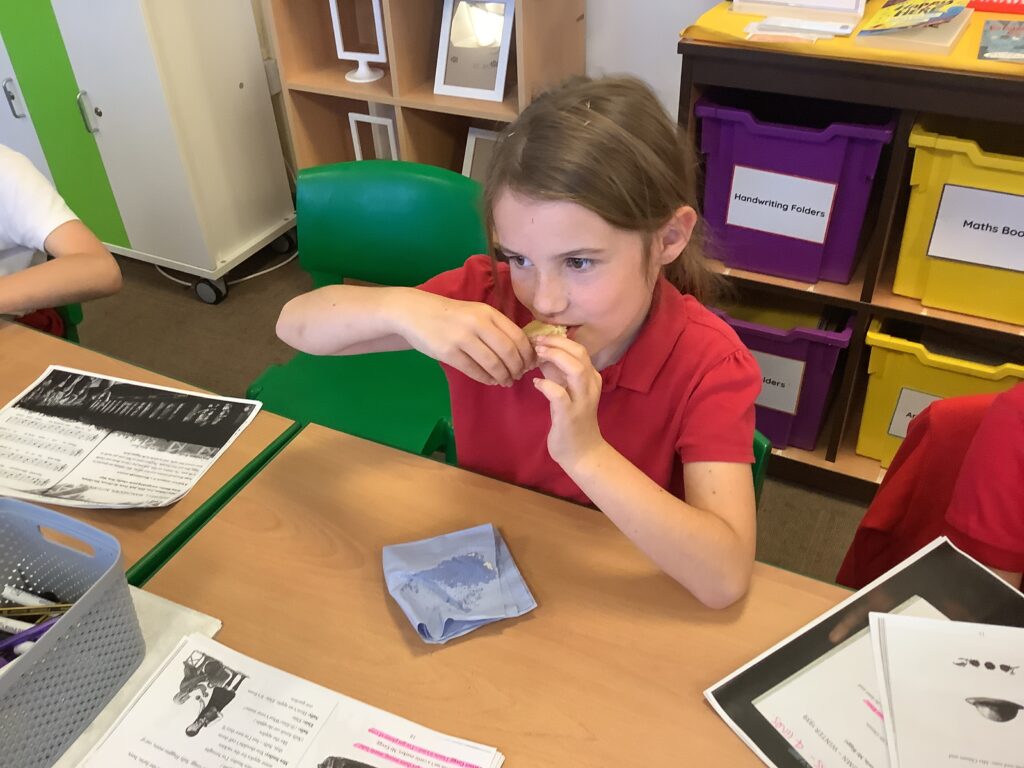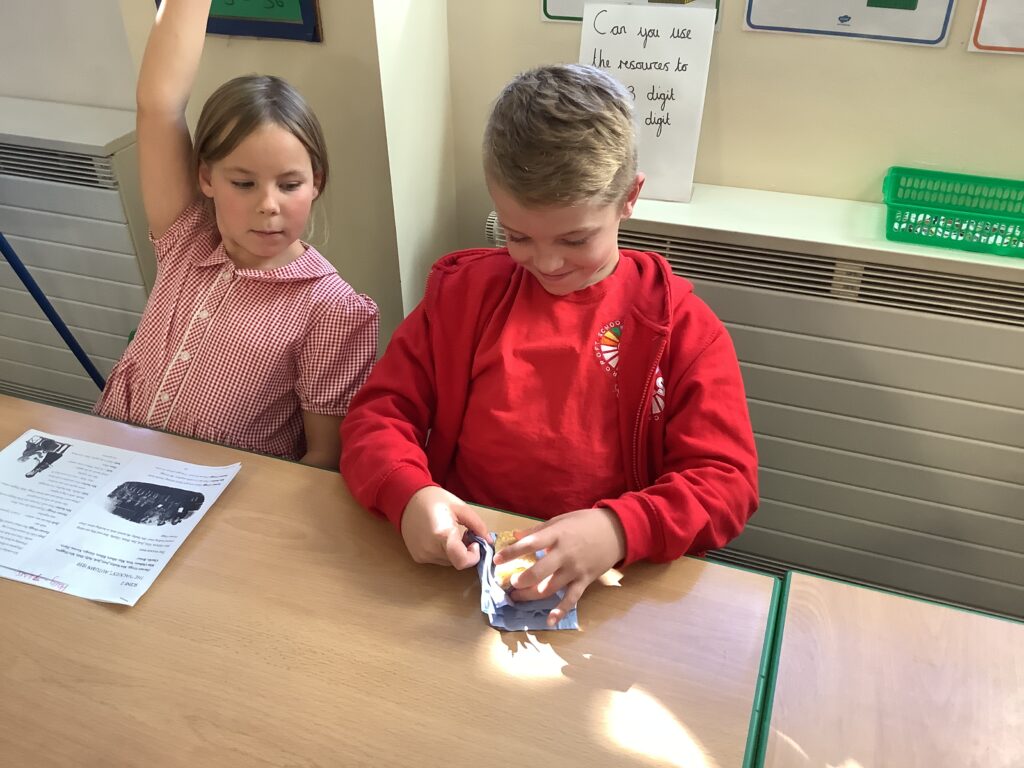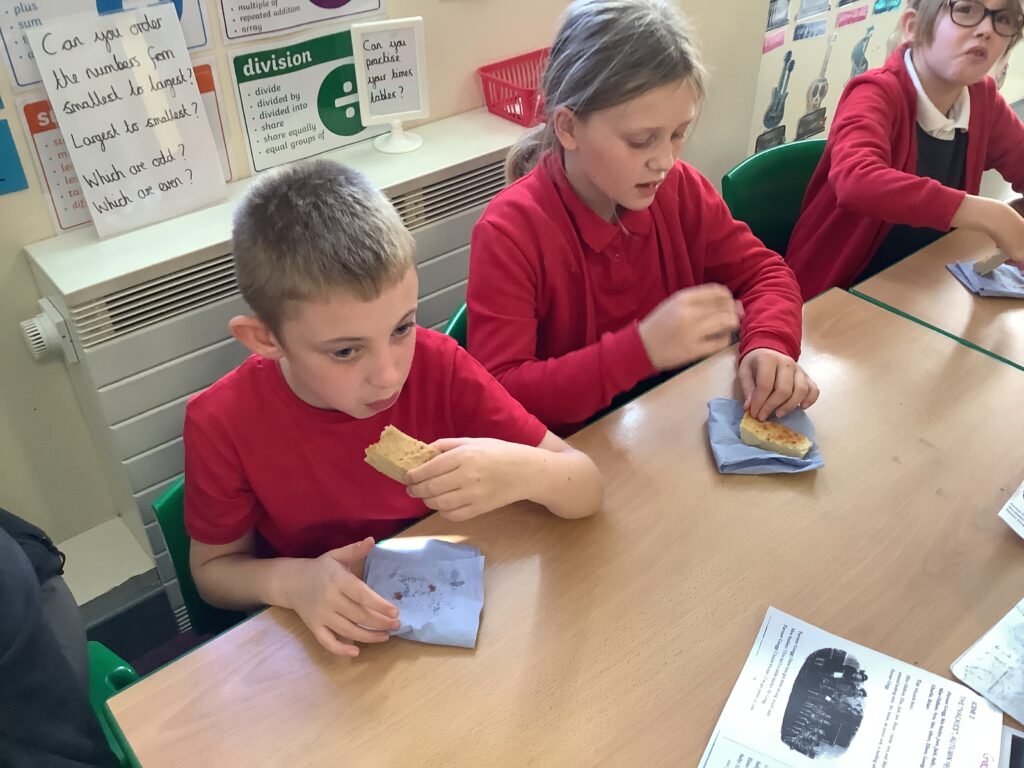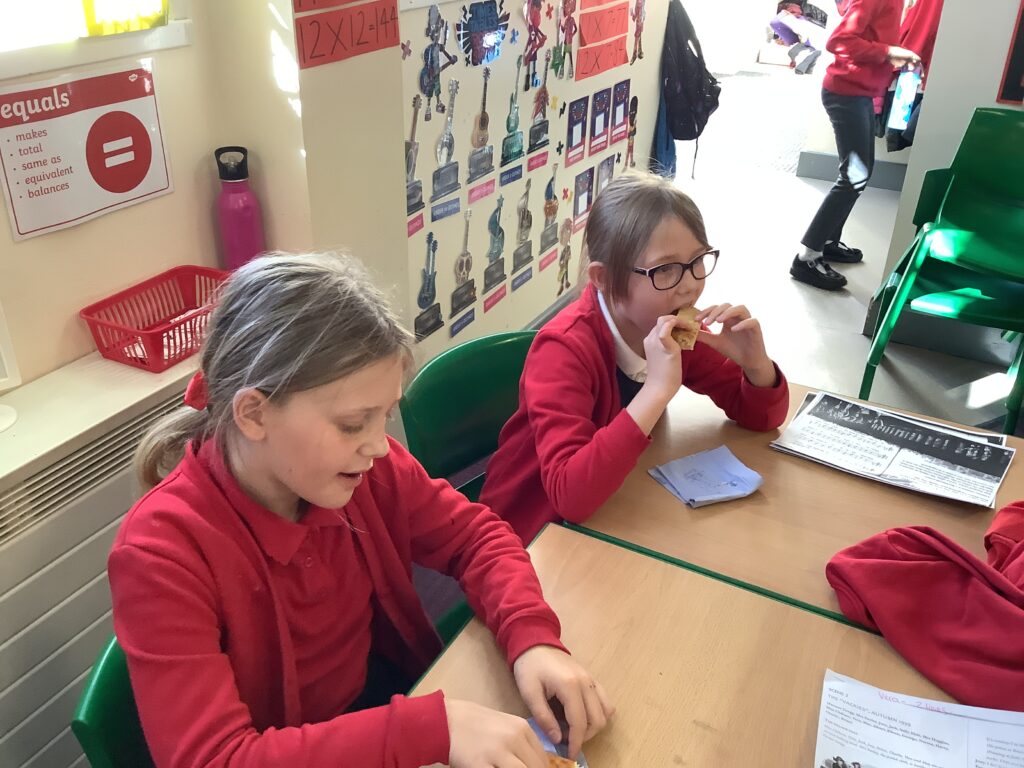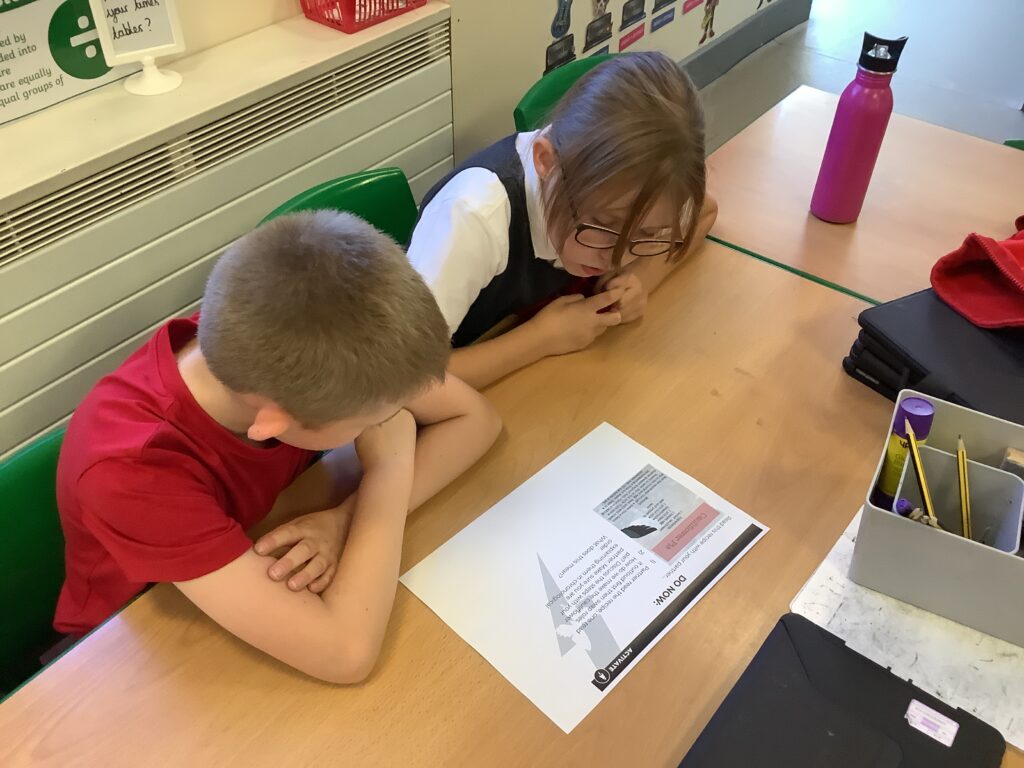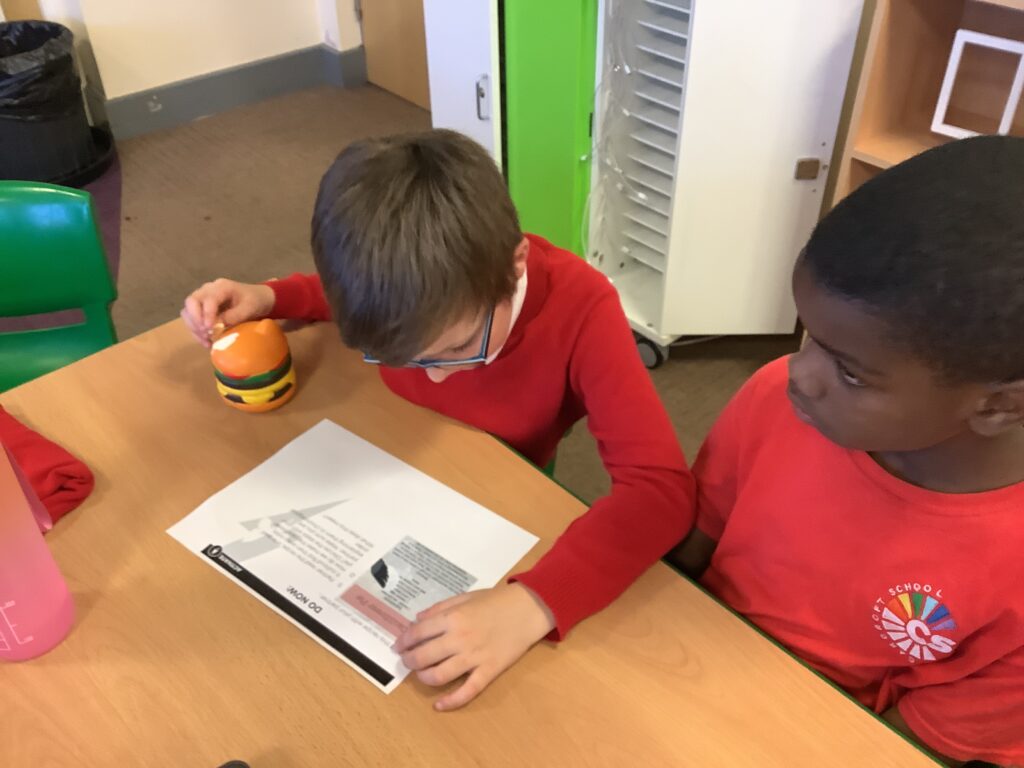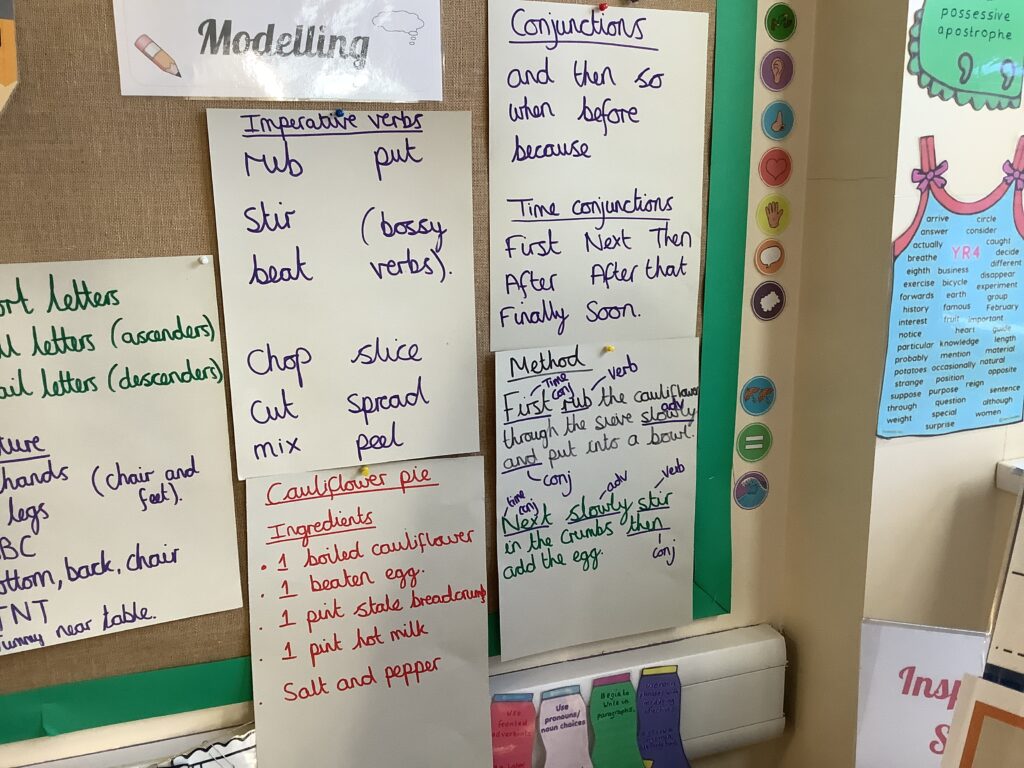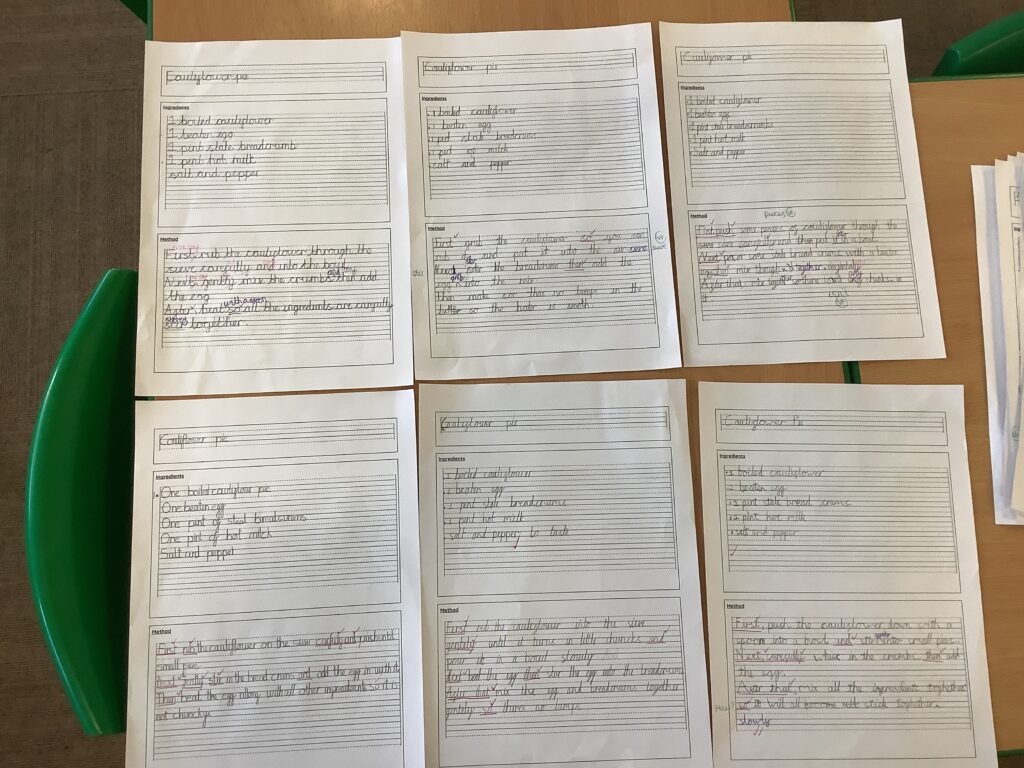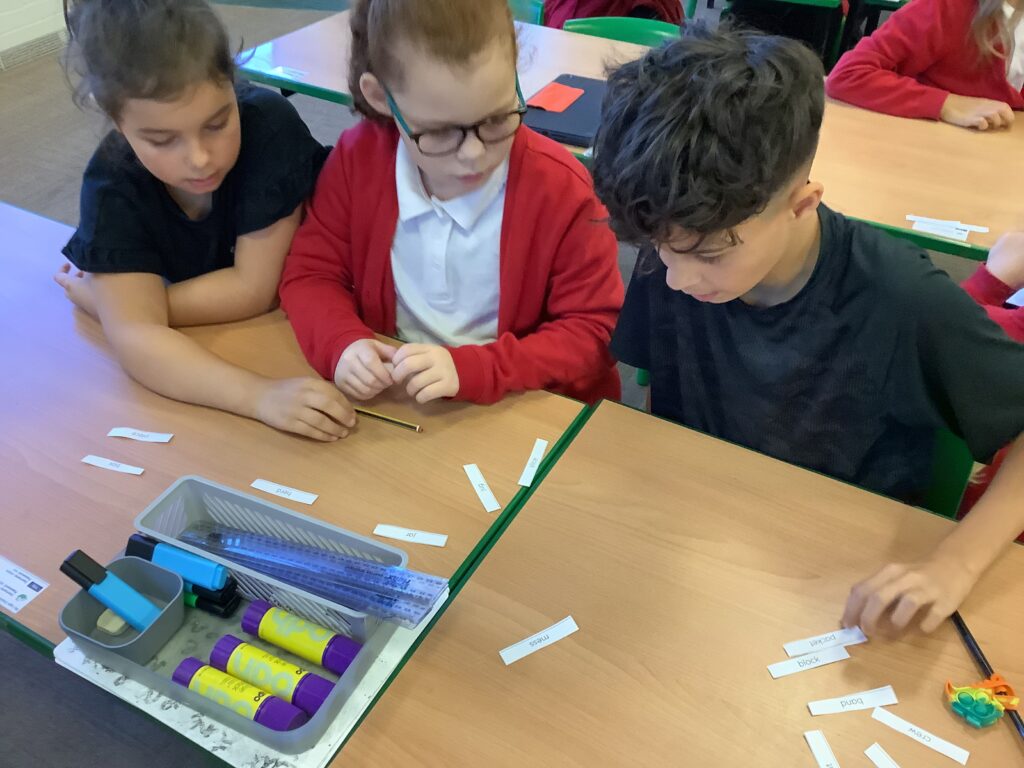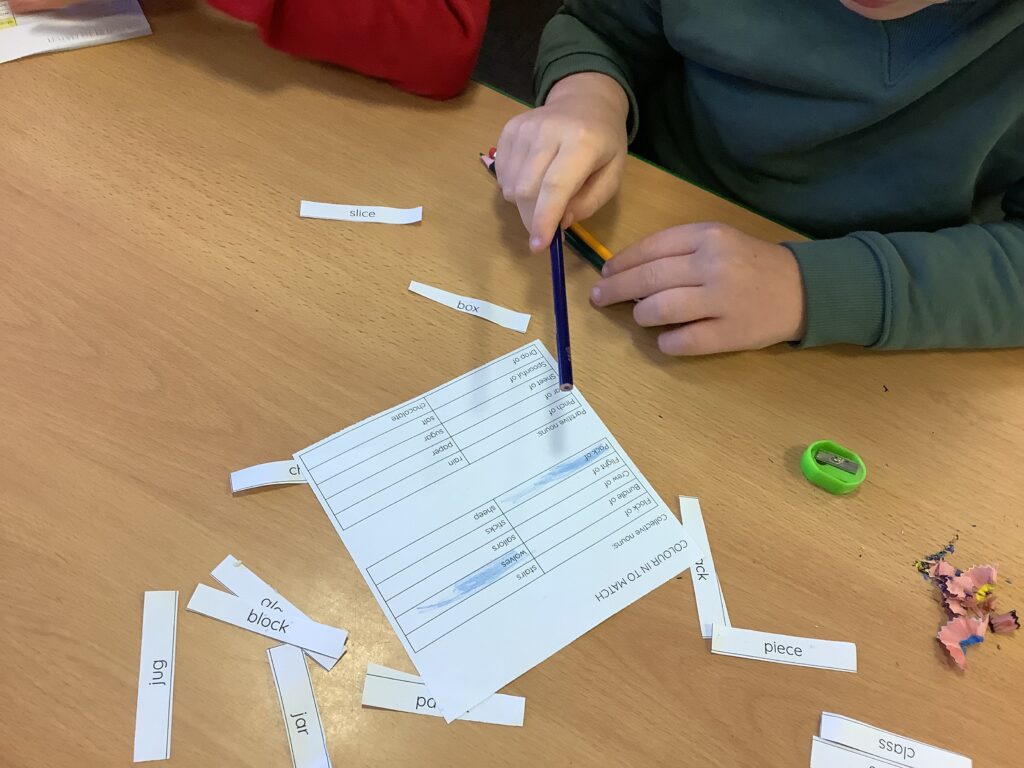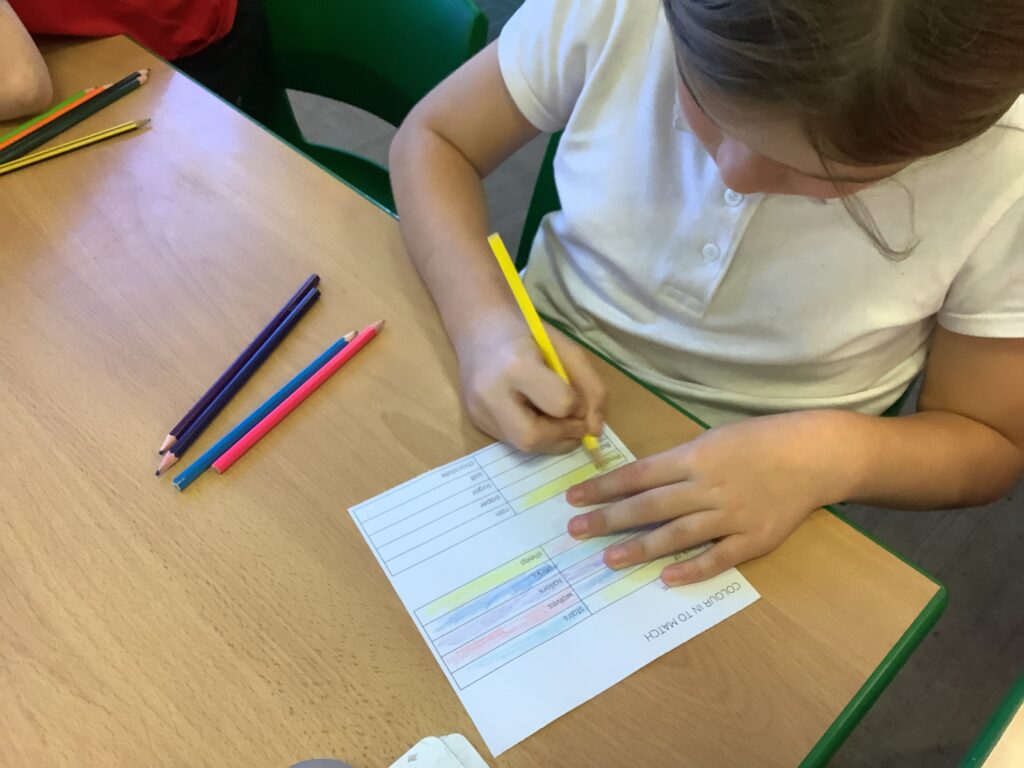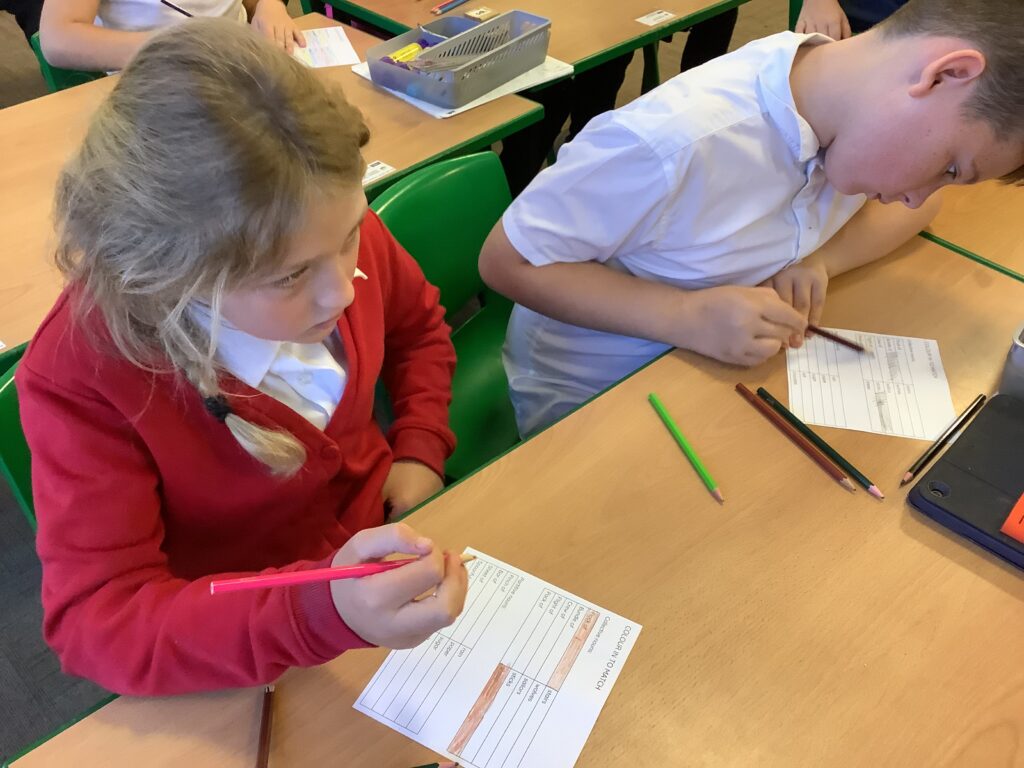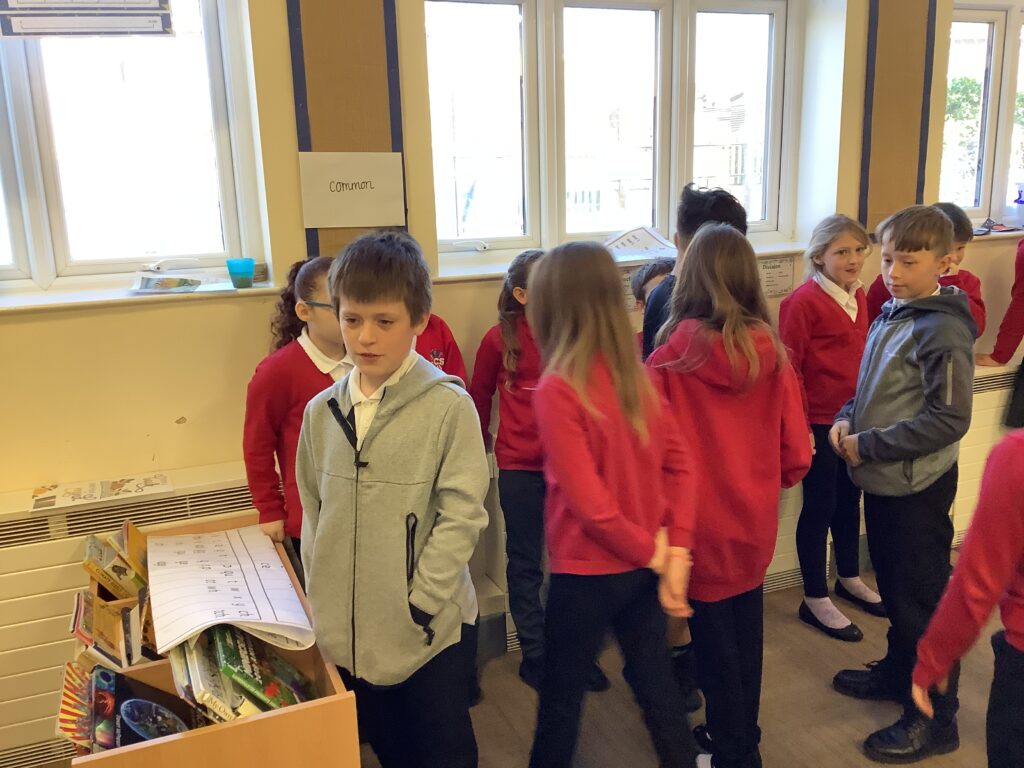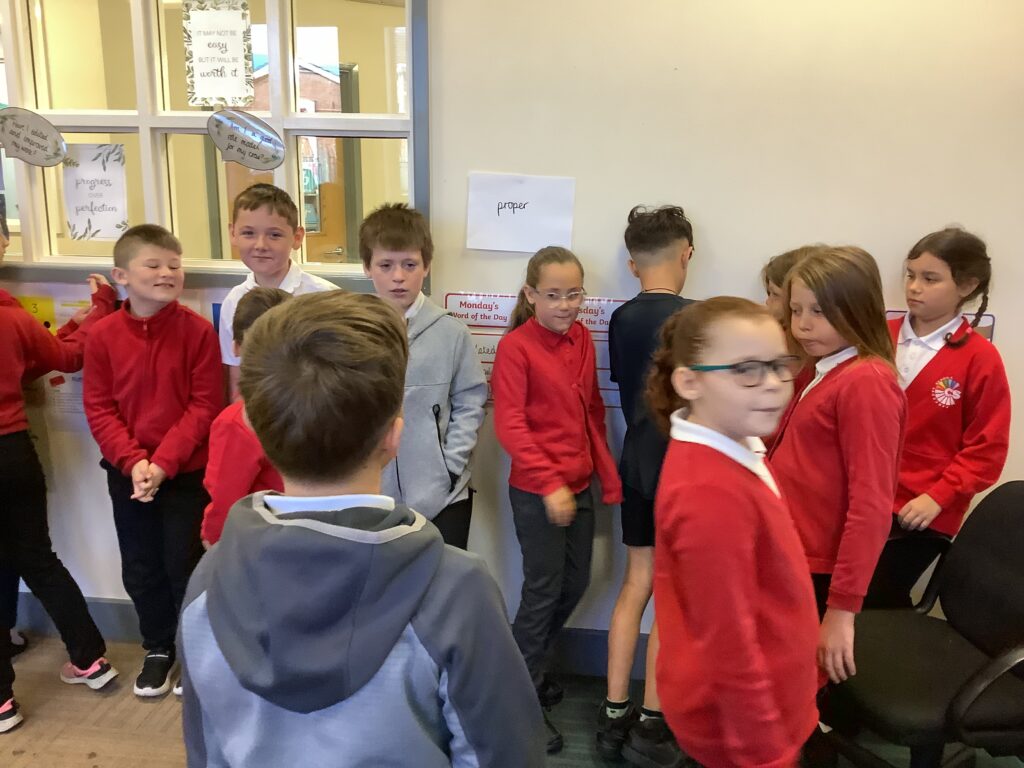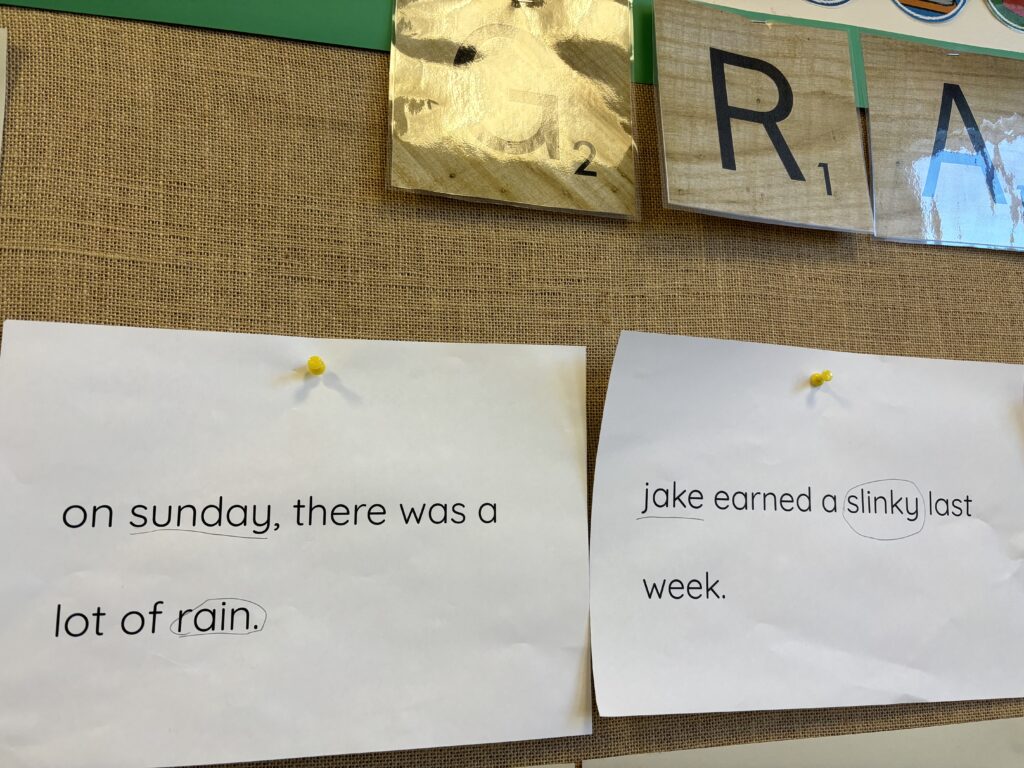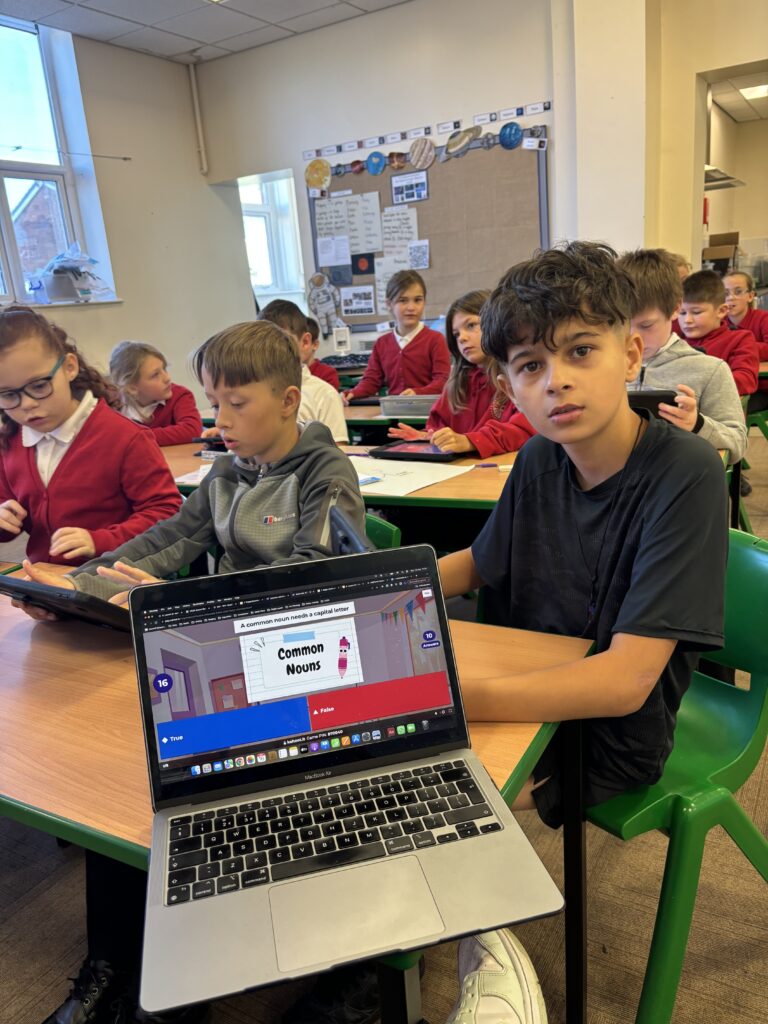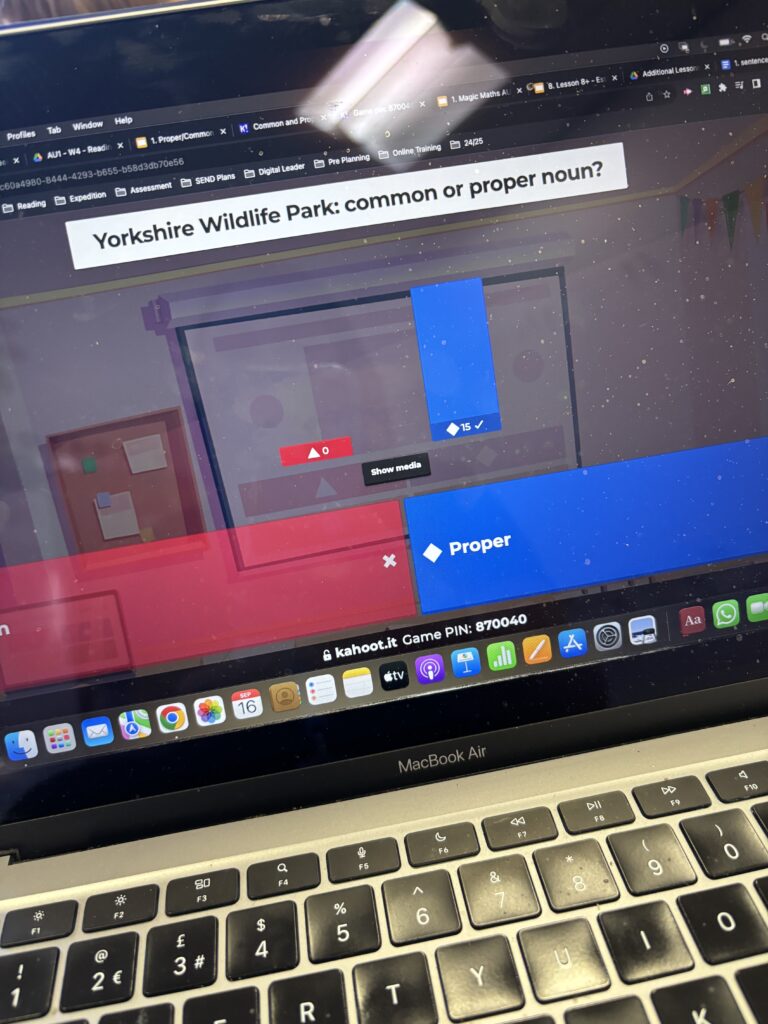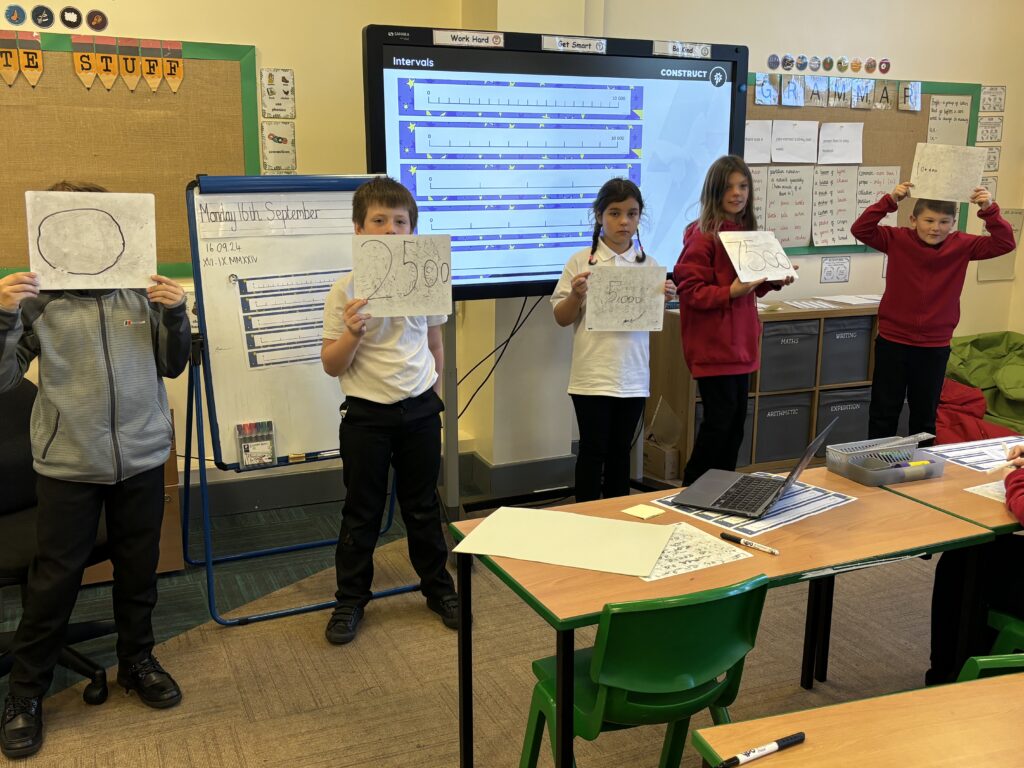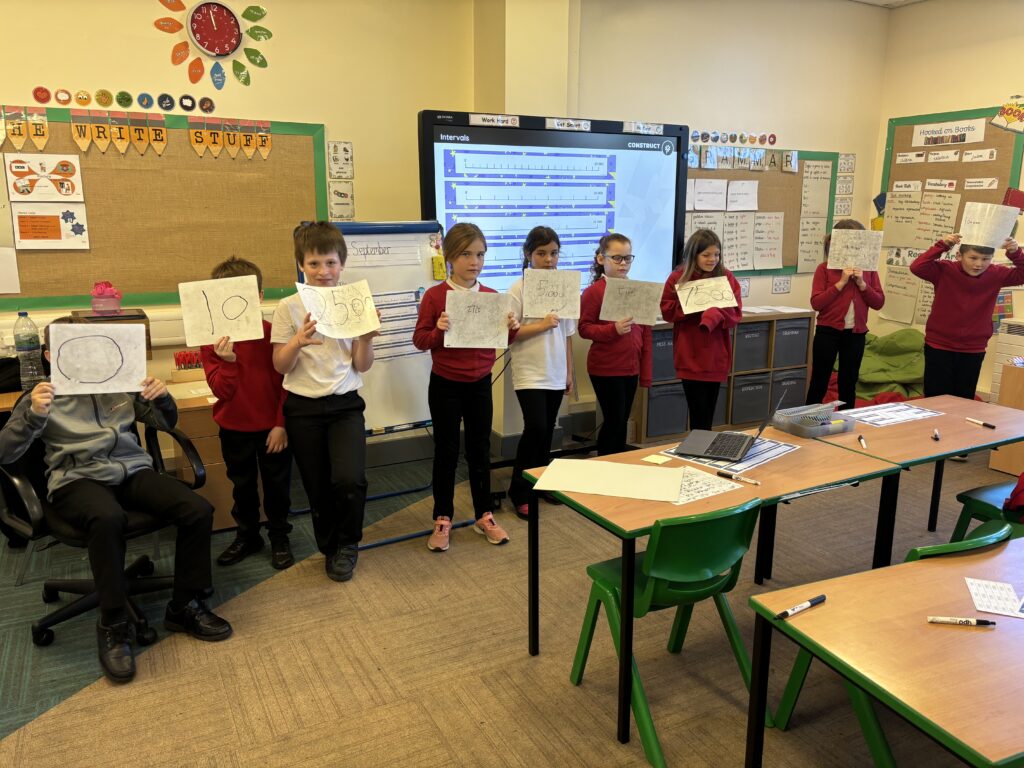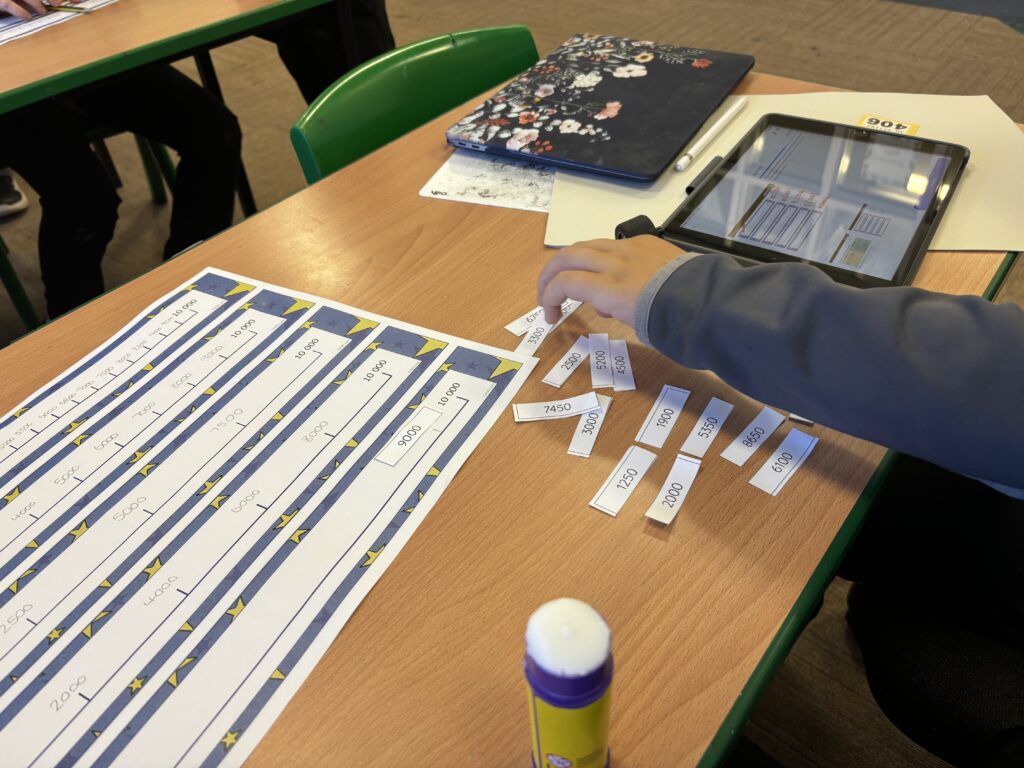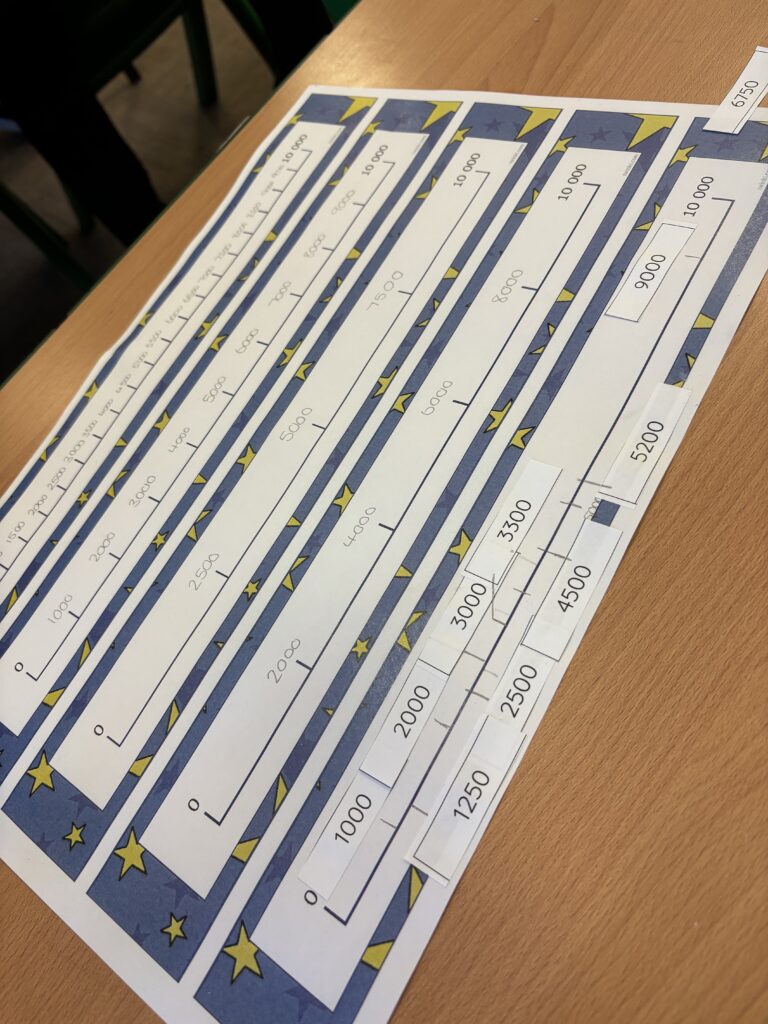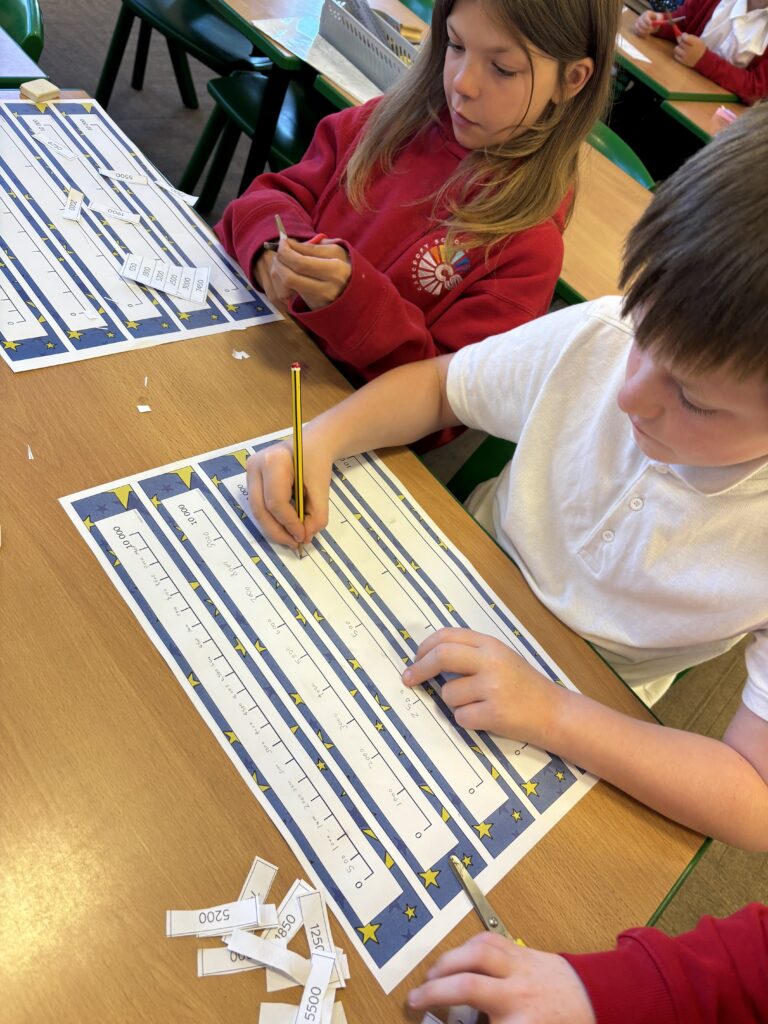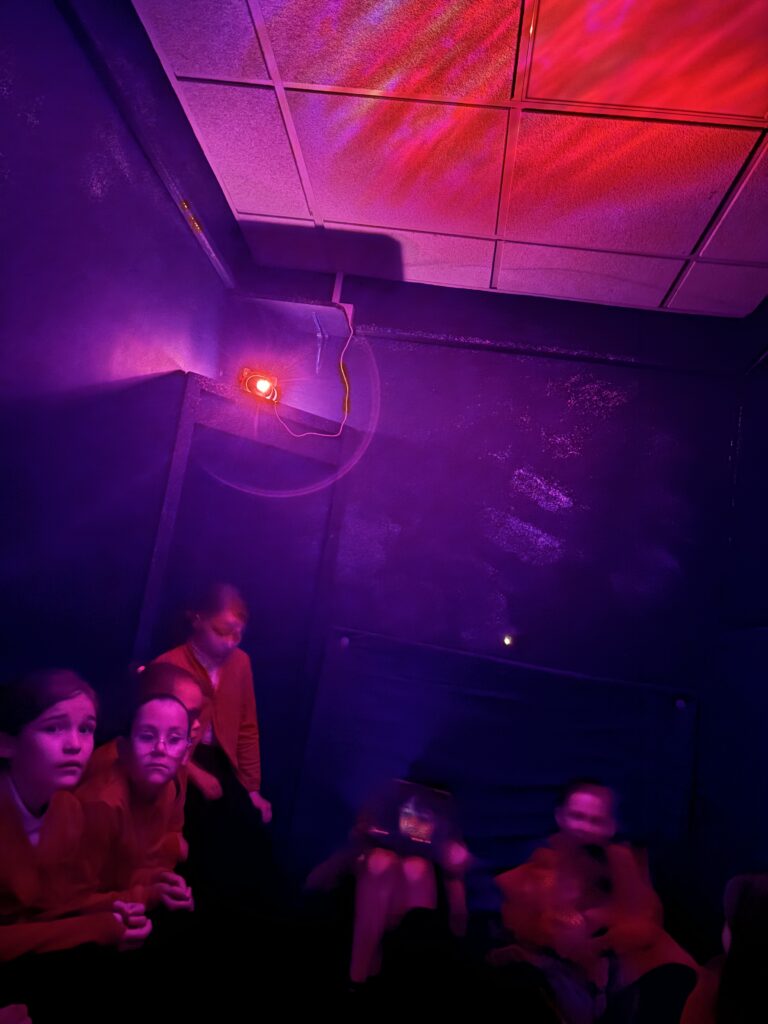Two members from Doncaster Council visited our school this week to talk to all of our Year 5 and 6 pupils about ‘Dark Nights’. As the nights are starting to draw in, the volunteers discussed Halloween and Bonfire with us all and how we can ensure that we stay safe during these exciting occasions! We have learnt a lot about firework safety including how to hold sparklers and how to dispose of these safely, we are fully aware that only adults should be in charge of fireworks. We also learnt a lot about fire and how dangerous this can be, especially bonfires. The two adults also discussed anti-social behaviour such as breaking people’s windows, ‘knock a door run’ and swearing in public, and the consequences of these if we get caught. They also talked about ‘peer pressure’ and how common this is as we get older and mix with older children in the local community. They also briefly touched on water (ice) and road safety. They concluded the visit by showing us a clip similar to this one https://www.youtube.com/watch?v=nfFenwyoZcg to reinforce how important it is to keep ourselves and others safe during the upcoming ‘Dark Nights’. We learnt a lot from our talk and now feel fully prepared on how to enjoy Bonfire night and Halloween safely!
